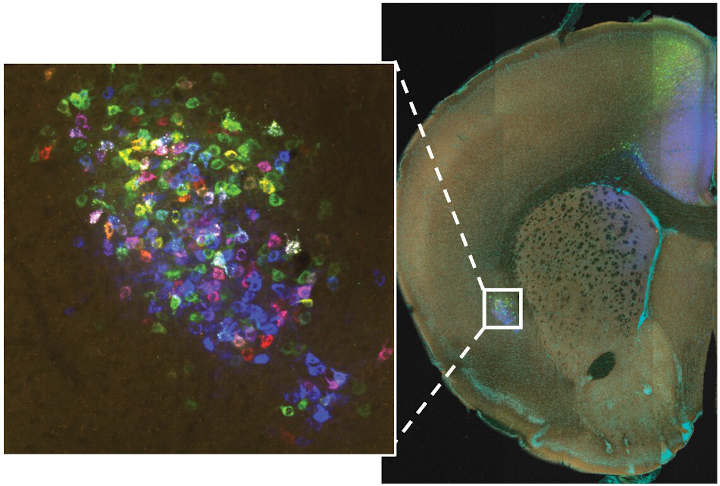A poorly understood area of the brain called the claustrum could play an important role in how we experience pain, a new review paper shows. Researchers looked at studies of patients having lesions in the claustrum – such cases are rare, and feature cognitive impairments and seizures. A lack of clinical focus on the claustrum may mean there are many more cases yet to be uncovered.
The problem with understanding how the claustrum works is that it is deep inside the brain, and damage that is specific to it is a very rare occurrence. What makes it more difficult to work out what the claustrum actually does is that these rare occurrences are also linked to such a broad range of symptoms,
said Dr. Adam Packer, the lead author of the study1.
Claustrum Damage
It is already known that there are links between the claustrum and perception, salience and the sleep-wake cycle, but this is the first time a research team has shown how the claustrum might be more involved in the debilitating experience of pain.
Clearly, when the claustrum is damaged the effects are severe and better therapies are urgently needed. It is possible that claustrum damage is more common than we currently realize, and it may be a crucial component in many more brain damage cases. This work is important because it gives us some insight into the cognitive and neurological processes in which the claustrum may be involved, and gives us targets to pursue in basic research in the lab,
Packer noted.
Multiple case studies of claustral lesions involved patients who reported painful sensations. Brain stimulation to the claustrum can also provoke pain, with one participant reporting painful sensations “like a knife jabbing”.
Cognitive Impairment
The researchers found several recorded occurrences of either infection, autoimmune, or other processes that struck the claustrum in particular. By analyzing the results of these studies and others it was found that the most common symptoms in patients were cognitive impairment and seizures.
The study authors theorise that the widespread connectivity of the claustrum may have fist developed for evolutionarily ancient and fundamental functions. Later, it could have become a useful framework upon which more advanced cognitive abilities could be built as they developed over evolutionary timescales.
The precise the function (or functions) of the claustrum is not yet known. Further work is necessary to fully understand the claustrum and the impact of damage to the claustrum, which could someday change treatment guidelines.
The work was a collaboration of Oxford University research groups from the Department of Physiology, Anatomy & Genetics (DPAG), the Nuffield Department of Clinical Neurosciences (NDCN) and Experimental Psychology (EP).
- Huriye Atilgan, Max Doody, David K. Oliver, Thomas M. McGrath, Andrew M. Shelton, Irene Echeverria-Altuna, Irene Tracey, Vladyslav V. Vyazovskiy, Sanjay G. Manohar, Adam M. Packer. Human lesions and animal studies links the claustrum to perception, salience, sleep, and pain Brain (2022), awac114, DOI: 10.1093/brain/awac114 ↩︎
Related Posts:
- Modeling And Measuring Unintentional Empathy For Pain
- A Neural Substrate For Heightened Craniofacial Pain
- Prozac For PMS – How Antidepressants Could Help With That Painful Time Of The Month
Last Updated on December 12, 2022
